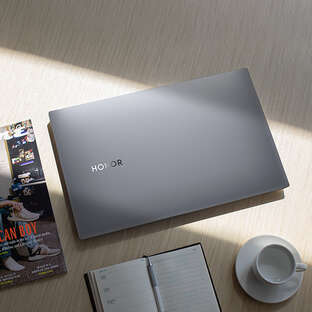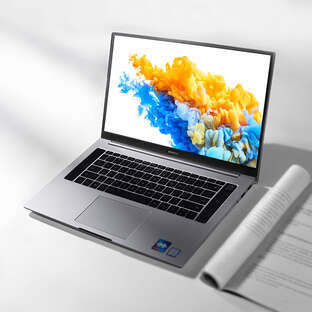What Configurations do You Need to Consider When Purchasing a Laptop?
2. Understand the functions of CPU. A CPU or processor is the hardware that performs most of the work in a laptop. Processing power of multi-core CPU is much higher than that of the processor ten years ago. The speed of CPU is no longer as important as before. Don't use older processors. Such as Celeron, Atom, Pentium, C-Series or E-Series processors.
3. Check how much RAM is installed and how much RAM the laptop can support. RAM or memory allows your computer to store data for multiple programs at a time. In general, the more RAM you have, the better your computer will be able to perform multitasking. Conventional laptops are standard with 4 to 8 GB of RAM.

4. Check the storage space. The storage space listed does not take into account the operating system and bundles. For example, a laptop with a storage capacity of 250 GB may have only 210 GB of available storage space at the time of purchase. Most laptops allow you to upgrade your hard drive later.
SSD is becoming a standard configuration and is becoming more popular due to increased access speed and extended battery life. SSD is more expensive than standard hard disk drives and has less storage space. SSD is smaller than a standard drive, which means that you may need an external drive to store all media files.
5. Check the graphic card. Most laptops use integrated graphics cards, which is a good choice for simple games, but cannot run large games. Discrete graphics cards will provide more power, but they will cost more and have shorter battery life.
6. Check the ports. Does the laptop have enough USB ports for all devices? If you want to connect it to a TV or projector, does it have an HDMI or VGA port? If you use many external devices, ports will be very important.

7. View the screen resolution. For the clearest picture, it is best to use 1600 x 900 or 1920 x 1080, although smaller laptops may not be able to achieve this effect. Higher resolution will produce clearer images, especially if you plan to watch movies or play games. Higher resolution also means that the screen can display more, which means that your visual area will be larger. Determine the appearance of laptops in direct sunlight. Cheap screens are usually hard to see in direct sunlight.
8. Find CD-ROM. In order to save space, many laptops do not have built-in optical drives. This will help extend battery life and reduce size. It means that you need an external drive to install software or burn discs.
Now, some laptops are equipped with Blu-ray drives, which can read and write standard DVD and read Blu-ray discs. They can contain more information or high-definition movies.